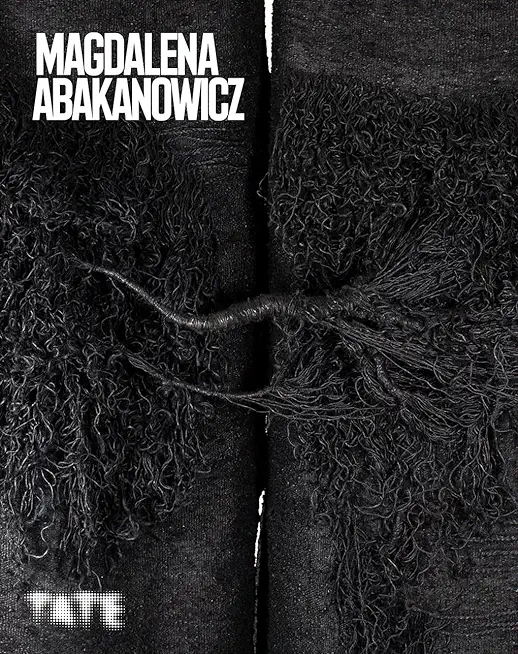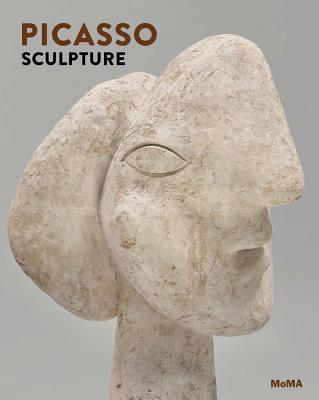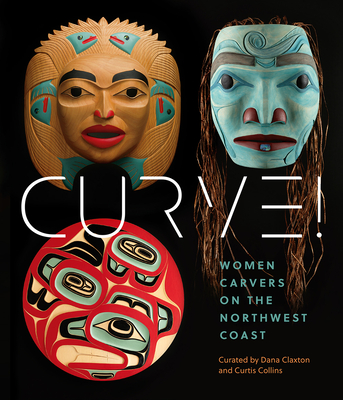
description
na Abakanowicz's extraordinary and unique body of work Magdalena Abakanowicz (1930-2017) was a Polish sculptor and fiber artist, most notable for her use of textiles as a sculptural medium. In the 1960s and 1970s, she wove sisal in intense colors to create towering, hanging pieces that radically expanded the field of sculpture and installation art and catapulted the international fiber art movement. Known as Abakans, these "organic environments" carried many meanings and were often large in size, containing entanglements of ropes or dividing spaces. They were spaces to contemplate, to immerse oneself in, to experience. Lavishly illustrated with immersive photography and stunning details, this beautiful book explores the unique nature of these monumental works and their impact as environmental sculpture. Considering the relationships between the Abakans and their forestlike atmosphere, as well as other key works, it reveals the artist's broad interest in natural phenomena and folk-art traditions from different cultural backgrounds, and the mastery and determination of a woman artist who, despite the restrictions of living in Poland under an oppressive Communist regime, established a career as an international artist. Drawing on themes such as shamanism, female energy and power, pregnancy, and insights on human nature, art curators Anne Coxon and Mary Jane Jacob's book highlights Abakanowicz's pioneering contribution to installation art and the role of collaboration in her practice, while also contextualizing her work within the Polish art world and wider postwar Europe. Includes Color Illustrations
member goods

Steel Tree Sculpture
These are unique pieces by the artist. They can be modified in size and tailored to specific ...
$110.00
Abstract Steel Sculpture
These are unique pieces by the artist. They can be modified in size and tailored to specific ...
$225.00
Metal Abstract Sculpture
These are unique pieces by the artist. They can be modified in size and tailored to specific ...
$150.00notems store

The Reconstruction of Berlin Palace: ...
by Stiftung Humboldt Forum Im Berliner Schl
Hardcover /Hardcover$23.75
Return Policy
All sales are final
Shipping
No special shipping considerations available.
Shipping fees determined at checkout.






